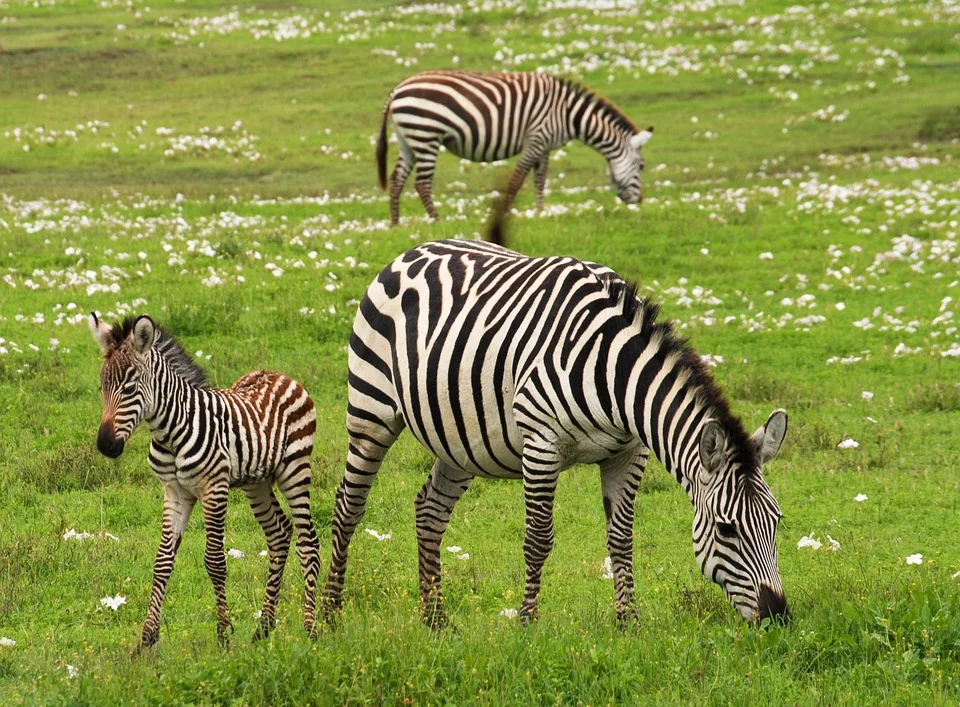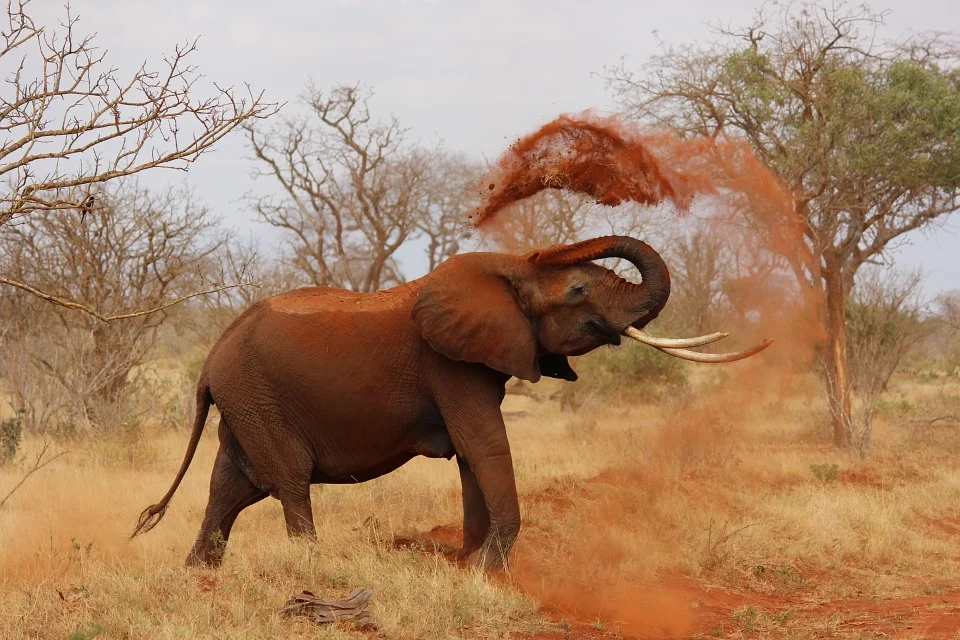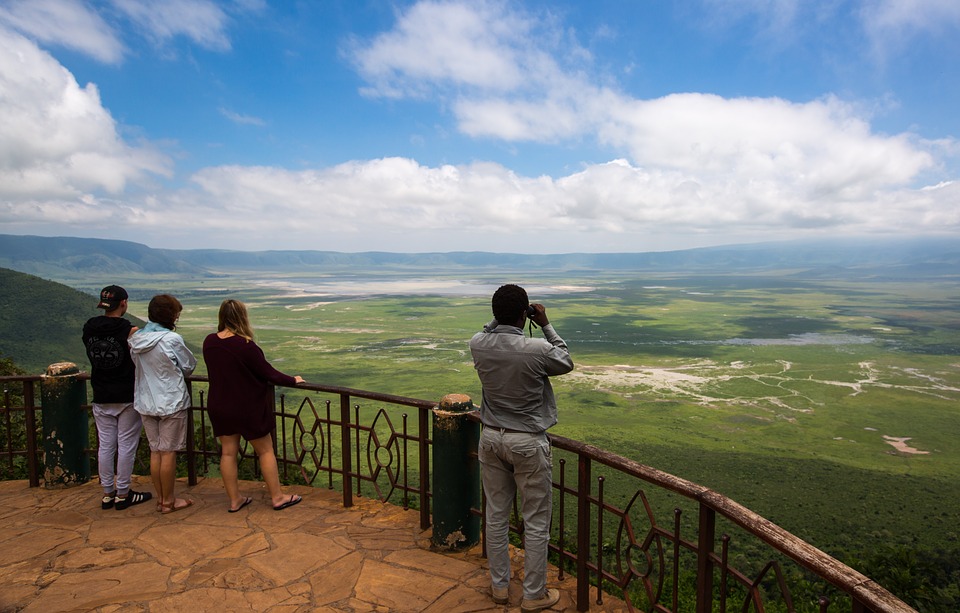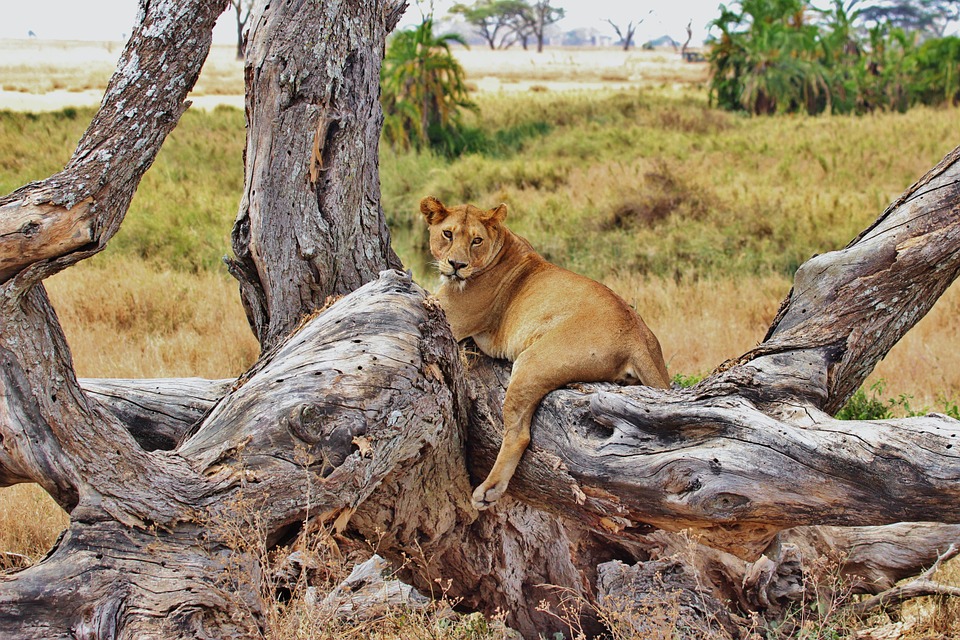
— SERENGETI NATIONAL PARK —
The greatest wildlife destination on earth
The magic of Serengeti National Park is not easy to describe in words. Not only seeing, but also hearing the buzz of millions of wildebeest so thick in the air that it vibrates through your entire body is something you will try to describe to friends and family, before realizing it’s impossible. Vistas of honey-lit plains at sunset so beautiful, it’s worth the trip just to witness this. The genuine smiles of the Maasai people, giving you an immediate warming glow inside. Or just the feeling of constantly being amongst thousands of animals – it doesn’t matter what season of the migration you visit the Serengeti National Park, it’s magical all year round.
Serengeti National Park was one of the first sites listed as a World Heritage Site when United Nations delegates met in Stockholm in 1981. Already by the late 1950s, this area had been recognised as a unique ecosystem, providing us with many insights into how the natural world functions and showing us how dynamic ecosystems really are.
— TARANGIRE NATIONAL PARK —
Tarangire National Park portal is a non-commercial with all information from wildlife, attractions, Tarangire activities, to safari accommodation, when to go, how to get there, Tarangire Safaris & Tours, Cost of Tarangire Safari and a travel blog.
Ranking as the 6th largest National Park in Tanzania and covering an area of 2,600 square kilometers, The Tarangire National Park is most popular for its large elephant herds and mini-wildlife migration that takes place during the dry season which sees about 250,000 animals enter the park.
Located
slightly off the popular northern Tanzania Safari Circuit, the park lies between the meadows of Masai Steppe to the south east and the lakes of the Great Rift Valley to the north and west. Within the northern part of Tarangire is the permanent River Tarangire also known as the life-line of the park particularly in the dry season when most of the region is totally dry. This flows northwards until it exits the park in the northwestern corner to pour into Lake Burungi. There are a number of wide swamps which dry into green plains during the dry season in the south.


— NGORONGORO CRATER —
Discover the iconic Ngorongoro Crater
Ngorongoro Crater, extinct volcanic caldera in the Eastern (Great) Rift Valley, northern Tanzania. It lies 75 miles (120 km) west of the town of Arusha. The caldera measures between 10 and 12 miles (16 and 19 km) across and has an area of 102 square miles (264 square km). Its heavily forested rim rises 2,000 feet (610 metres) above the caldera’s floor to an elevation of 7,500 feet (2,286 metres). Ngorongoro is thought to have formed about 2.5 million years ago from a large active volcano whose cone collapsed inward after a major eruption, leaving the present vast, unbroken caldera as its chief remnant.
The caldera’s floor is predominantly open grassland. It is home to a diverse array of animals including elephants, black rhinoceroses, leopards, buffalo, zebras, warthogs, gnu (wildebeests), Grant’s and Thomson’s gazelles, and the densest population of lions in the world. The local Masai people also graze their livestock in the crater. Lake Magadi, a shallow soda lake ringed by extinct volcanoes, is renowned as a habitat for great flocks of pink flamingos.
— ARUSHA NATIONAL PARK —
This beautiful Park has often been called a “little germ” and rightly so. It is only ½ an hour by tarmac road from Arusha town, the safari center of Northern Tanzania. With mountains, valleys, lakes, and small plains clothed in green, it has a wonderful feeling of peace and solitude. It is dominated by Mount Meru, which at 4,566 m (14,980 ft) is the 5rd highest free standing mountain in Africa.
This second highest mountain in Tanzania offers unforgettable experience and serves as acclimatization refuge before climbing Mount Kilimanjaro.
The Park can be visited throughout the year; however the best time is between June to September and from December to early March. The short rainy period is from October to November and the heavy rain season is from March to May with annual average rainfall ranging from ….. to ….. mm. The park is located at an altitude between 1,700 and 4566 meters.


— LAKE MANYARA NATIONAL PARK —
Welcome to Lake Manyara National Park well known for the tree climbing lions, the soda ash lake that attracts thousands and pink flamingos, one of Tanzania’s biggest elephant population and breathtaking scenery! This travel guide offers you the most updated information about the attractions, Lake Manyara accommodation, getting there and so much more. Enjoy your safari in Tanzania!
There are a number of fascinating tourist attractions that can be explored within Lake Manyara National Park. Located in the northern part of Tanzania, this National Park is 126 kilometers west of Arusha Town. The park is sized 330 square kilometers of which 220 sq kilometers form the lake when the water levels are high in the rainy season. Alternating to the nearest Park of Tarangire National Park through the kwakuchinja corridor the parks share world animals. They can be seen easily nearby the roads towards Lake Manyara and Serengeti National parks.
